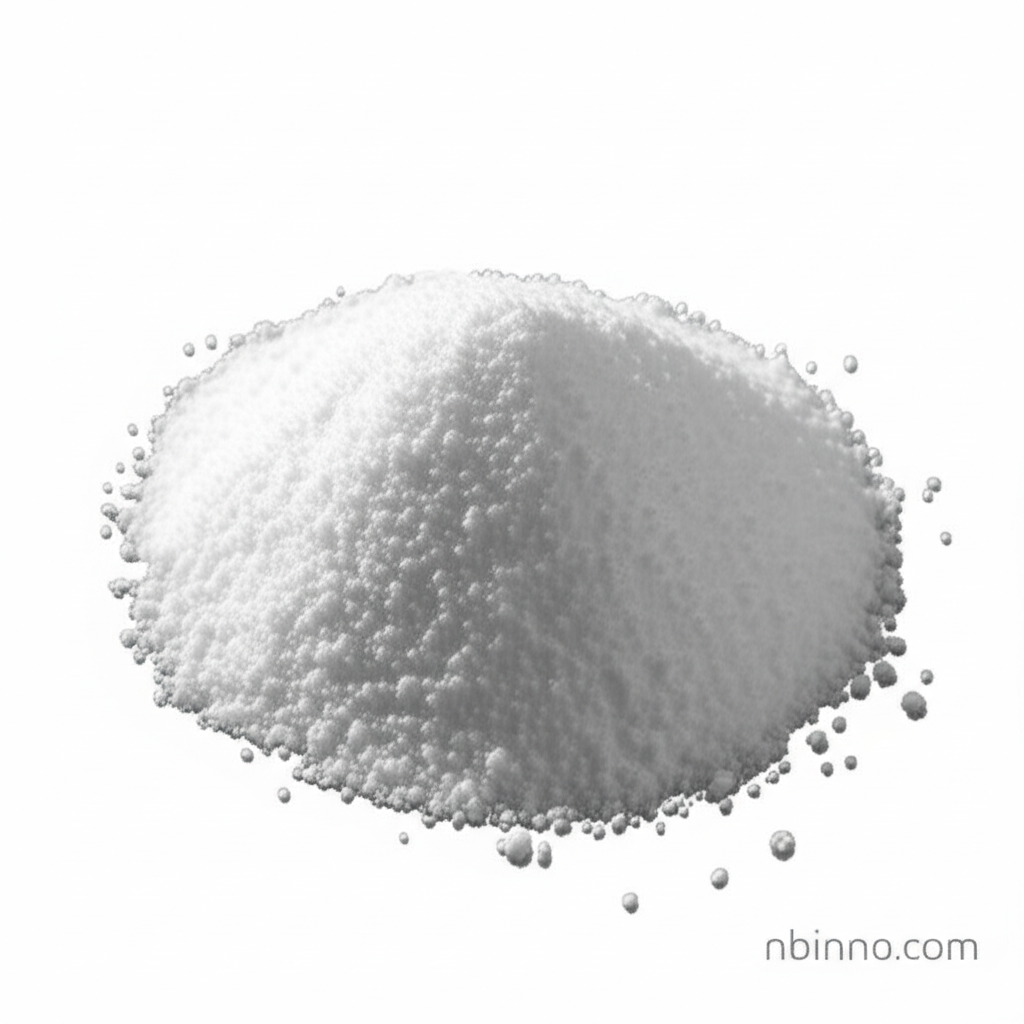Ethylene Glycol Bis(2-aminoethyl)tetraacetic Acid (EGTA): A Comprehensive Guide
Discover the potent chelating capabilities and diverse applications of EGTA, a vital chemical in scientific research.
Get a Quote & SampleProduct Core Value

Ethylene Glycol Bis(2-aminoethyl)tetraacetic Acid
Ethylene Glycol Bis(2-aminoethyl)tetraacetic Acid (EGTA), identified by CAS number 67-42-5, is a highly effective chelating agent. It is particularly noted for its strong affinity for calcium ions, making it indispensable in scientific research where precise control over metal ion concentrations is critical.
- High affinity for calcium ions over magnesium ions: This selective binding is crucial for studying calcium-dependent biological processes.
- Used as a complexing and masking agent: Essential for trace metal determination in volumetric and photometric analysis, supporting accurate scientific measurements.
- Applications in biochemistry and analytical chemistry: Its properties make it a key tool for researchers investigating enzymes and complex chemical systems.
- Stable and soluble nature: These characteristics contribute to its reliability and ease of use in various experimental setups.
Key Advantages and Features
Selective Metal Ion Binding
EGTA's exceptional ability to selectively sequester calcium ions is a critical advantage in biological research, enabling detailed studies of calcium signaling pathways.
Precision in Analytical Chemistry
As a reliable complexing agent, EGTA aids in the accurate determination of trace metals, improving the precision of results in photometric analysis.
Broad Research Utility
Its versatility extends across various scientific disciplines, serving as an indispensable tool for biochemists and analytical chemists seeking robust solutions.
Key Applications
Biochemical Research
Utilized extensively in studying metal-dependent enzymes and cellular processes where calcium ion concentration is a key factor.
Analytical Chemistry
Employed for trace metal determination, serving as a masking agent to improve the accuracy of volumetric and photometric analysis.
Protein Purification
Its buffering capacity and metal chelating properties make it valuable in various protein purification techniques.
Environmental Remediation
Its ability to sequester heavy metals can be applied in certain environmental cleanup scenarios.
